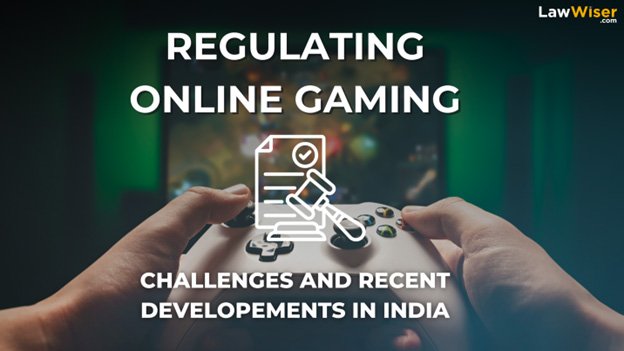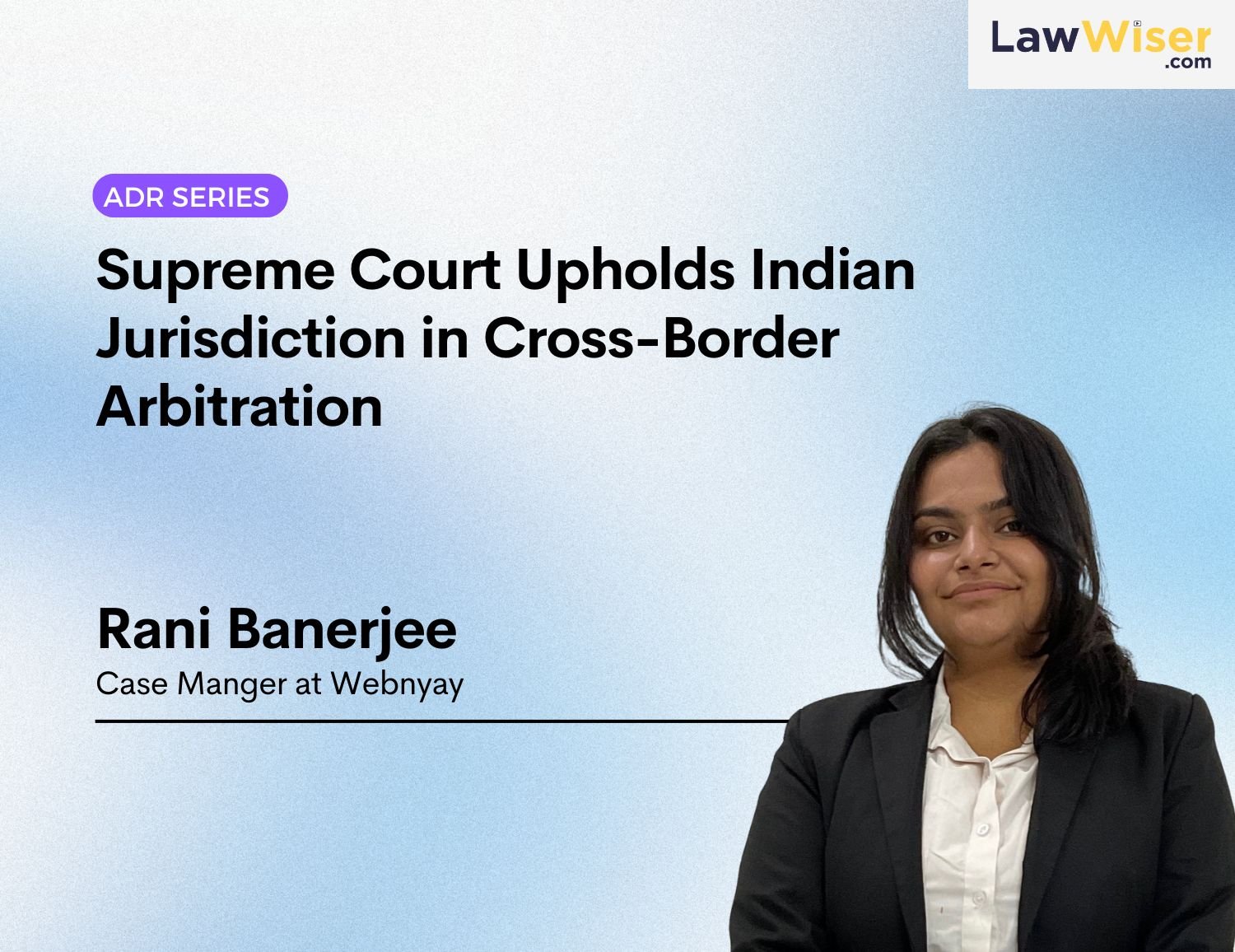The Government of India has recently issued a comprehensive directive aimed at revolutionizing how it manages its legal cases. On April 4, 2025, the Ministry of Law and Justice released the “Directive for the Efficient and Effective Management of Litigation by Government of India” which introduces sweeping reforms to reduce unnecessary litigation, streamline legal processes, and ultimately improve access to justice for citizens. This article breaks down this complex directive into simple terms to help you understand its significance.
Introduction
The new directive is essentially a Standard Operating Procedure for how the government should handle its legal cases. It applies to all Central Government Ministries and Departments, their attached offices, autonomous bodies, and for arbitration matters, to Central Public Sector Enterprises (CPSEs) as well.
The government is one of the largest litigants in India, involved in countless cases across courts and tribunals nationwide. When government litigation becomes more efficient, it directly affects:
- Speed of justice for citizens involved in cases against the government
- Reduction in taxpayer money spent on unnecessary court cases
- Faster implementation of court orders
- Overall reduction in pendency in courts
The directive aims to transform the government from being viewed as a “compulsive litigant” to a responsible party that uses the court system judiciously and efficiently.
The Current Problems in Government Litigation
The directive candidly acknowledges several problems with how the government currently handles litigation:
Resource Limitations and Expertise Gaps
Most government departments don’t have dedicated legal cells, and cases are often handled by administrative staff without legal qualifications. This leads to poor understanding of legal implications and delayed responses to court orders, sometimes resulting in contempt proceedings against government officials.
Recurring Issues and Inconsistent Approaches
Many legal battles involving the government are recurring in nature – particularly service matters, pension disputes, land acquisition issues, and interpretation of policies. Different departments often take contradictory positions in court, and the success rates vary widely.
Procedural Failures and Unnecessary Appeals
The directive points out that narrow interpretation of rules, procedural failures, and filing unnecessary appeals, especially to the Supreme Court have significantly contributed to the litigation burden. Many cases continue despite similar issues being already settled by courts.
Key Reforms Introduced by the Directive
Strengthening Legal Expertise Within Government
Each Ministry with significant litigation will now be required to create a dedicated Legal Cell within three months of the directive’s notification . These cells will be staffed by officers with legal qualifications where possible. A Nodal Officer (typically of Joint Secretary rank with legal expertise) will oversee litigation management in each ministry.
Preventing Litigation Through Better Planning
The directive introduces a forward-thinking approach by requiring examination of litigation risks for all new policies, laws, or significant changes to existing ones. This assessment will evaluate potential litigation exposure, estimate costs, and develop mitigation strategies for essentially preventing legal troubles before they begin.
Simplifying Procedures and Communication
All important circulars and guidelines will be compiled into Master Circulars and prominently displayed on ministry websites, making rules clearer for both officials and citizens. The directive also calls for simplifying disciplinary proceedings and enhancing grievance redressal mechanisms to prevent disputes from reaching courts.
Strategic Management of Court Cases
Cases will now be classified into three categories: highly sensitive, sensitive, and regular. Highly sensitive or significant cases will receive special attention from top officials, including the Secretary of the concerned department. The directive also encourages tagging and transfer of similar cases for common adjudication, to ensure consistent outcomes.
Reducing Unnecessary Appeals
The directive discourages unnecessary appeals, particularly Special Leave Petitions (SLPs) to the Supreme Court. It establishes clear criteria for when appeals should be filed, focusing on cases with:
- Significant national consequences
- Important questions of public policy
- Substantial financial implications
- Clear injustice with no other remedy
- Contradictory orders from different High Courts
For commercial or contractual disputes, a financial threshold (suggested at ₹10 crore) will be established, below which appeals will require special committee approval .
Embracing Alternative Dispute Resolution and Online Dispute Resolution
The directive strongly promotes alternative dispute resolution (ADR) mechanisms, including mediation and institutional arbitration . A new Government Arbitration Portal will be created to monitor all arbitration cases involving the government.
Technological Solutions
The Legal Information Management and Briefing System (LIMBS) will be upgraded to become a comprehensive management tool, with integration to e-courts and other government databases. All ministries must use this system to update case status regularly.
Monitoring and Implementation
The directive will be monitored by a Committee of Secretaries chaired by the Cabinet Secretary. The Department of Legal Affairs will prepare annual reports on adherence to and implementation of the directive.
The mandate on use of ADR and ODR ties into Webnyay’s solutions. Webnyay specializes in providing technology solutions that support ADR processes. This includes providing:
- Online Mediation Platform that enables parties (including government departments and citizens) to mediate disputes remotely, reducing the time and cost of litigation.
- Arbitration Management Platform that enables case registration, monitoring, and tracking arbitration proceedings while ensuring compliance with various laws.
- Dispute Analysis tools that help assess the likelihood of dispute resolution success via ADR, enabling governments to identify viable cases for mediation or arbitration.
Conclusion
The Directive for the Efficient and Effective Management of Litigation by Government of India represents a significant step toward transforming how the government approaches legal disputes. If properly implemented, it promises to reduce unnecessary litigation, improve efficiency, enhance access to justice, and save public resources currently tied up in lengthy court battles.
While the ultimate impact will depend on how effectively these reforms are implemented across various government departments, the comprehensive nature of the directive demonstrates a serious commitment to addressing long-standing problems in government litigation management.
As the government moves toward creating Viksit Bharat by 2047, adopting innovative technological solutions for litigation and arbitration will ensure the legal system becomes more responsive, accountable, and citizen-friendly.
For citizens dealing with government-related legal issues, these changes could mean faster resolutions, clearer rules, and ultimately, a more responsive and responsible government approach to litigation.
A copy of the decision can be downloaded here.
This article is authored by Vishwam Jindal, CEO of Webnyay. Webnyay is India’s leading Generative AI startup for lawyers, Courts and Tribunals, Government departments and businesses.



 May 14, 2025
May 14, 2025








 September 2, 2025
September 2, 2025 0 COMMENTS
0 COMMENTS

